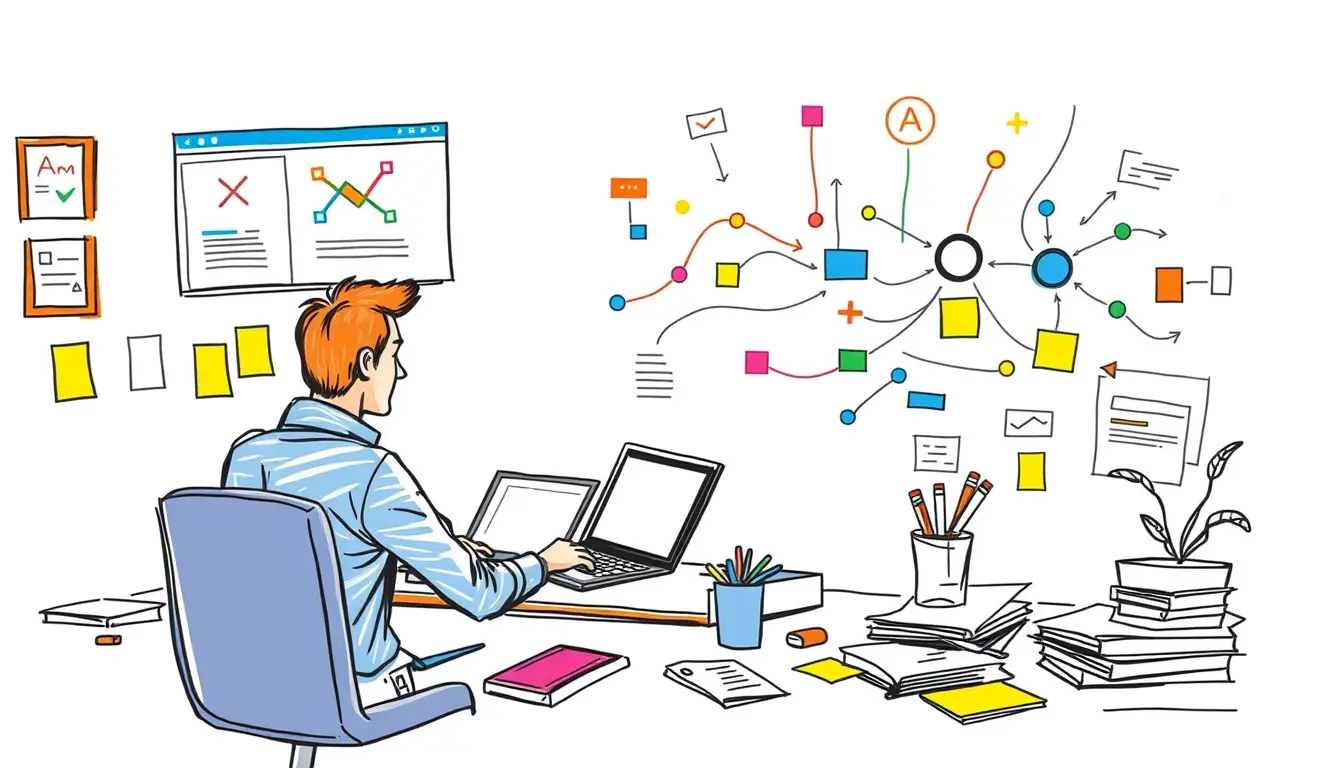User Testing

Using Focus Groups to Validate Requirements
“Learn how focus groups can improve product development by validating requirements from real users. Read our blog post for practical tips!”

Using Axure to Prototype Business Solutions
“Discover the power of using Axure for prototyping efficient and effective business solutions. Streamline your process and take your ideas to the next level. #Axure…

Using Tree Testing to Improve Enterprise Architecture Visualizations
“Discover how tree testing can enhance your enterprise architecture visualizations and create more user-friendly and effective designs. Read now!”
Search
Latest Posts
Latest Comments
Categories
Archives
- December 2025 (3)
- November 2025 (30)
- October 2025 (31)
- September 2025 (30)
- August 2025 (31)
- July 2025 (32)
- June 2025 (30)
- May 2025 (31)
- April 2025 (30)
- March 2025 (31)
- February 2025 (28)
- January 2025 (31)
- December 2024 (31)
- November 2024 (30)
- October 2024 (31)
- September 2024 (171)
- August 2024 (20)















